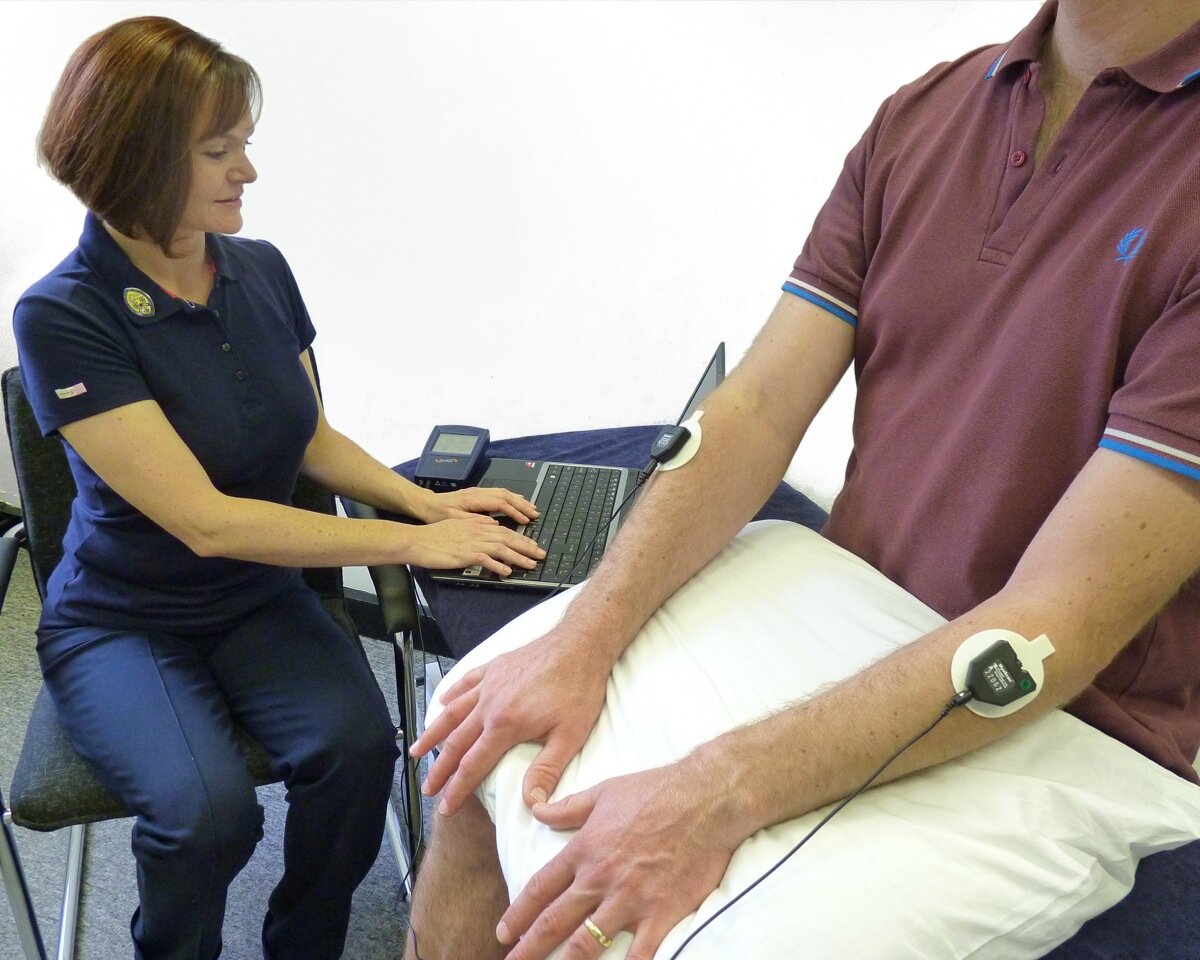The shoulder and arm receives its nerve supply through the brachial plexus. The brachial plexus is a complex network of nerves which come out of the neck, passes down to the front of the shoulder and then splits into many separate nerves to travel to different muscles and parts of the skin. Normally an arm movement is produced by initially thinking of the movement, then a message passes from the brain, down through the spinal cord to the appropriate nerve. Then the instruction to move is conveyed along the nerve to the specific arm muscle which then contracts and moves the arm.
Lots of things can go wrong with the brachial plexus. The nerves can be damaged anywhere along their path from the neck to the shoulder, arm or hand. Nerves can de damaged through:
· Infection
· Inflammation- called neuritis in a nerve
· Compression or entrapment-the nerve is squashed by something
· Over stretch-can occur if the arm or neck is yanked or pulled
· Trauma- such as in a car accident or direct damage to the nerve though a laceration, fracture or dislocation
· Prolonged postures- such as holding the arm above the head or using elbow crutches.

at the Nerve Injury Clinic
Any interruption or distortion in the nerve’s ability to conduct could result in:
· Pain
· Muscle weakness and loss of strength
· Poor balance when standing, reaching and walking
· Patches of numbness or pins and needles, hypersensitivity or feeling very cold.
· Reduced awareness of the position of the shoulder or arm
· Changes to the condition of the skin and nails
· Slower healing of cuts in the area.
Nerve injuries can be distinguished in their severity by the amount of damage actually done to the nerve. Nerve conduction tests give accurate information upon this and can help with diagnosing the problem and determining the best type of treatment. Very often, physiotherapy is the most effective treatment. Some mild nerve injuries can be better in 6-8 weeks, whilst other more severe injuries can take up to 2 years. If there is found to be a structural cause for the nerve damage, then surgery may be appropriate.
It is important to see a doctor or physiotherapist who specialises in nerve injuries to obtain the most accurate diagnosis and then secure the most effective treatment plan. Physiotherapy involves an initial assessment when the patient’s symptoms are discussed and the shoulder, arm and neck are examined. It is very helpful to carry out a painless test called surface electromyography (SEMG), whereby stickers are put on the problem arm and recordings of the different nerves and muscles are taken as the patient moves. This tells the physiotherapist which nerves and muscles are most damaged and subsequently guides the treatment. This is repeated at various times during the recovery so that improvements can be demonstrated and treatment progressed. It is like looking inside the shoulder and arm to really see how the nerves and muscles are working.
Physiotherapy treatment includes:
· Pain relieving techniques
· Strengthening exercises to gain a normal shoulder and arm posture and movement
· Gently stretching and moving the arm’s muscles and nerves
· Regaining accurate feedback of the shoulder and arm’s position through balance work, looking at the arm as it moves and biofeedback
· Advice upon coping with day to day practical difficulties
· Low level electrical stimulation to gently stimulate the weak muscles. The patient is shown how to use a stimulator in the physiotherapy appointment and then carries out the stimulation on their own at home. The stimulators used are specifically designed for peripheral nerve injuries and the SEMG results guide the settings chosen. This is similar to, but different from, TENS which patients may have tried before.
Nerve injuries can be awful to experience, but with an accurate diagnosis and effective treatment they can be improved and many patients make a full recovery.
Contact us for an initial consultation about your nerve injury or physiotherapy needs
